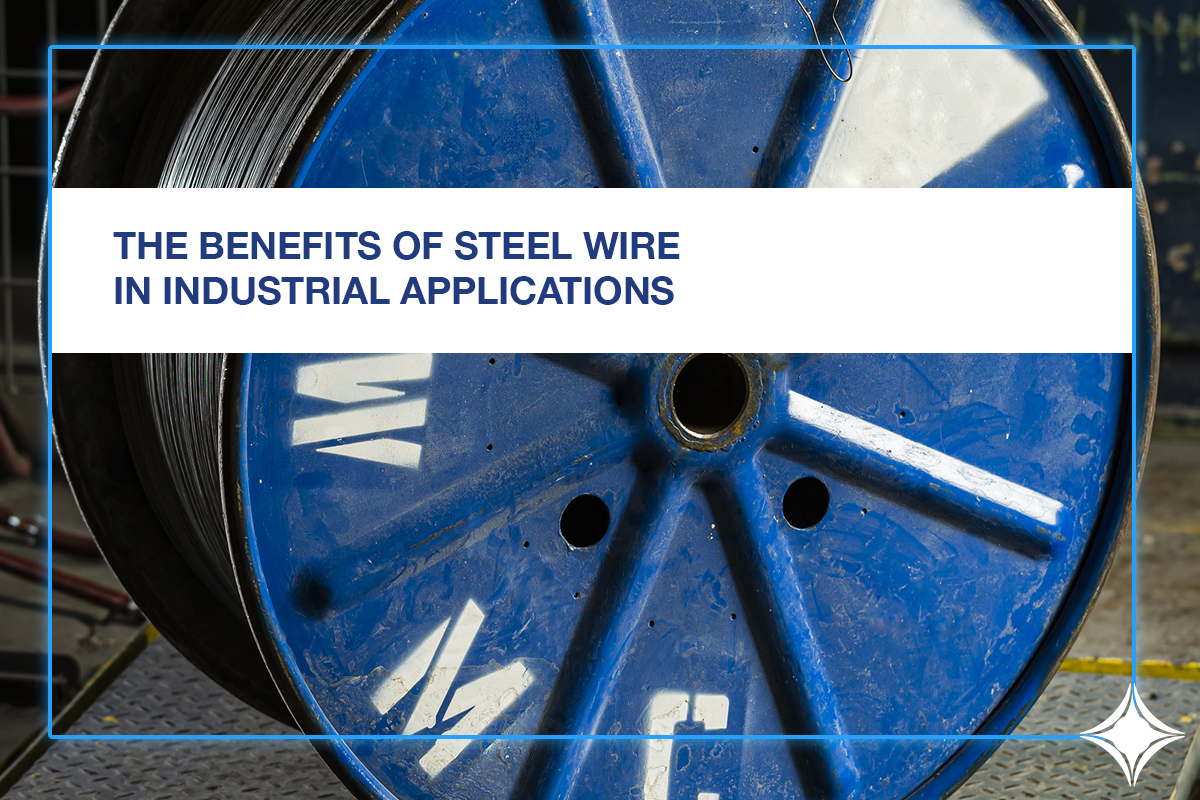The benefits of Steel Wire in Industrial Applications
Wire made from carbon steel is one of the most versatile and widely used materials in the world, particularly in the construction sector. However, its use extends to the manufacturing of many products, whether for everyday use, such as hangers, or much more specialized, such as for parts of automobiles and other machines.
Industrial wire comes in many presentations, from Bright Basic Wire to Plating Quality Wire or Wire Forms, that in turn are suitable for many various applications.
What are some of the benefits of using Steel Wire in industrial applications?
- There are several types of wires offered by WMC: Bright Basic Wire, Plating Quality Wire, Bright Basic Deformed Negative Wire, Hard Drawn Wire, Black Annealed Wire, Spooled Box Wire, Straight & Cut Wire, and Wire Forms, each with unique qualities that make them ideal solutions to produce a very wide range of products.
- In any of its presentations, Steel Wire stands out for being durable, resistant and versatile.
- Its presentations can range from rolls and bars to even custom shapes and cuts, depending on the characteristics of each type of wire.
- Steel Wire is suitable for dozens of industries including construction, automotive, recycling, and agricultural.
- For added protection against corrosion and to make it more durable, Steel Wire can also be galvanized. Find out about the applications of Galvanized Steel Wire in this article on our blog: (LINK)
Industrial Wire: a Flexible and Versatile Solution
Steel Wire is such a versatile material that it can be found in everyday items that we see all around, from nails or shopping carts to very different uses such as reinforcement in bridges, landing strips, and underground concrete pipes.
Its diverse uses and applications make it a profitable option for the manufacturing of products, being at the same time sustainable, given that the steel industry largely depends on using scrap metal for the reprocessing of new raw material.
.
